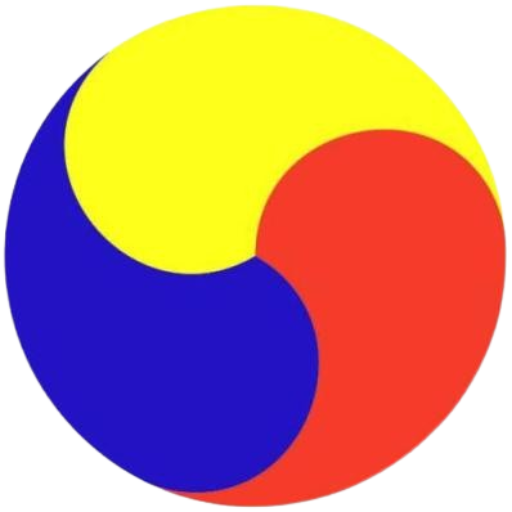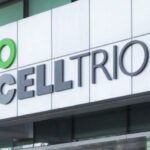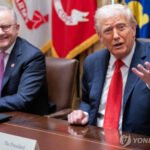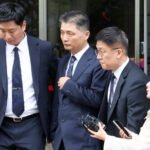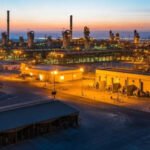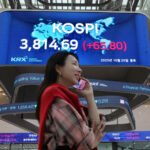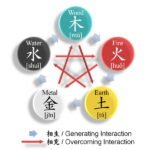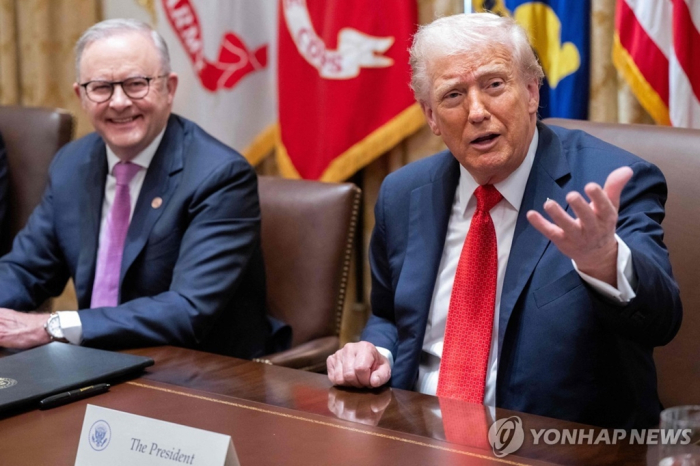
WASHINGTON, D.C. – Donald Trump has declared that the US has struck a “fair deal” with South Korea, suggesting that an agreement on tariffs and investment could be within reach ahead of next week’s US–Korea summit on the sidelines of the APEC leaders’ meeting.
Speaking at the White House on Monday after meeting with Australian Prime Minister Anthony Albanese, the US president said: “I can say the EU took advantage (of the US), but not anymore. We worked out a very fair trade deal.”
Trump continued to say, “(With) Japan, we worked out a very fair deal. (With) South Korea, where I’ll be meeting President Xi, we worked out a very fair deal, and I expect we’ll probably work out a very fair deal with President Xi of China.”
Trump’s remarks are seen in Seoul and Washington as confirmation that the long-stalled tariff talks have made headway.
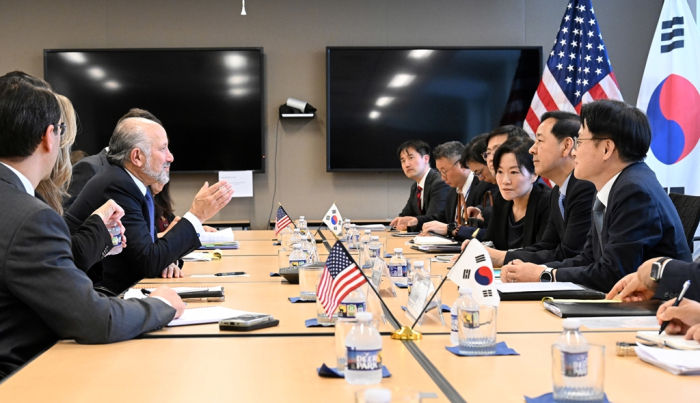
Negotiations had been gridlocked over the structure of a Seoul-proposed $350 billion US investment fund – a centerpiece of Seoul’s offer to secure lower US import tariffs.
Washington is known to have accepted Korea’s concerns over foreign-exchange market instability, softening its earlier demand that the fund be entirely cash-based.
Seoul officials said the two sides are converging on a framework under which Trump and Korean President Lee Jae Myung could announce a broad deal during their Oct. 29 meeting on the sidelines of the APEC summit in Korea’s historic city of Gyeongju from Oct. 31-Nov. 1.
The two leaders, however, are widely expected to leave the details, such as the fund’s management structure and profit-sharing mechanism, to be settled in a subsequent memorandum of understanding (MOU).
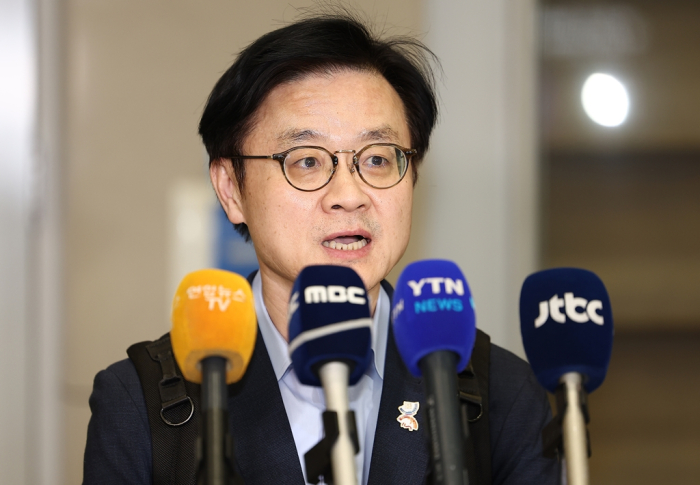
NEGOTIATORS REMAIN DIVIDED OVER DETAILS
Analysts said the key question is how specific any presidential accord will be.
Negotiators remain divided on whether the agreement will explicitly link Seoul’s $350 billion investment commitment to a US tariff cut to 15% from the current 25% on Korean imports.
Another unresolved issue is the timing: whether the lower tariff rate would apply immediately or only after the MOU is signed, sources said.
On Monday, Trump also unveiled an $8.5 billion agreement with Australia to jointly develop rare earths and critical minerals – a move widely seen as part of Washington’s effort to counter China’s dominance in the sector.
In Seoul, trade officials welcomed Trump’s comments as a “positive signal” that the talks led by Industry and Trade Minister Kim Jung-kwan and his US counterpart Howard Lutnick are bearing fruit.
“There is a shared understanding that the two countries must produce something tangible at APEC – whether it is a statement or a declaration,” said a senior government official.
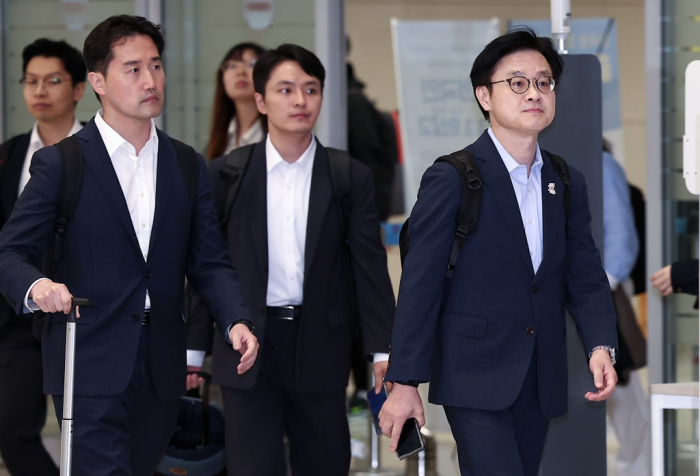
THE MOST LIKELY OUTCOME
Analysts said the most likely outcome is a joint statement rather than a legally binding accord.
“Given the short time remaining and the gap over the investment fund’s composition, the two sides may end up reaffirming earlier principles without meaningful new substance,” said Heo Jeong, president of the Korean Association of Trade and Industry Studies (KATIS) and a professor of Sogang University in Seoul.
Seoul officials said the ultimate objective is the signing of an investment MOU that will pave the way for a presidential executive order cutting tariffs on Korean goods.
Washington followed a similar sequence with Japan, issuing two joint statements before concluding an investment MOU in September, while the EU secured tariff relief directly after its statement without a separate agreement.
Seoul, however, is pushing for the Japanese model, seeking to embed detailed terms in its investment pledges to ensure reciprocity.
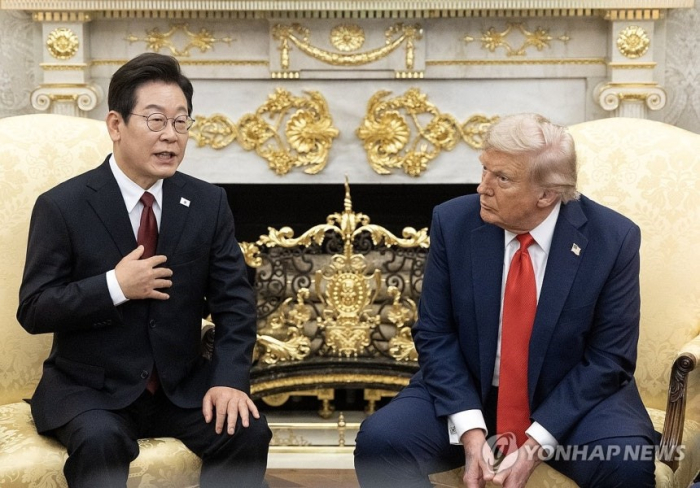
Officials said striking a full MOU at the APEC summit is unlikely due to unresolved issues such as the proportion of cash versus credit in the investment package and the need for currency-stability safeguards.
‘PRIORITY IS NOT ON TIMING BUT NATIONAL INTEREST’
Minister Kim, returning from Washington, D.C., on Monday, said: “The priority is not the timing of a deal but whether the result serves our national interest. If necessary, I will return to Washington before APEC for further talks.”
Beyond trade, negotiators are also working on a potential update to the US–Korea nuclear cooperation agreement, including expanded rights for Seoul to enrich uranium and reprocess spent fuel – currently restricted under the existing accord.
Discussions also include a decision by Korea on whether to raise its defense spending to 3.5% of GDP, aligning with NATO benchmarks.
If realized, analysts said, the APEC summit in Gyeongju could mark a pivotal moment in resetting the economic and security architecture of the US–Korea alliance, and provide Trump with a high-profile platform to showcase his “fair trade” agenda on the global stage.
By Sang-eun Lucia Lee, Jae-Young Han and Dae-Hun Kim
selee@hankyung.com
In-Soo Nam edited this article.
